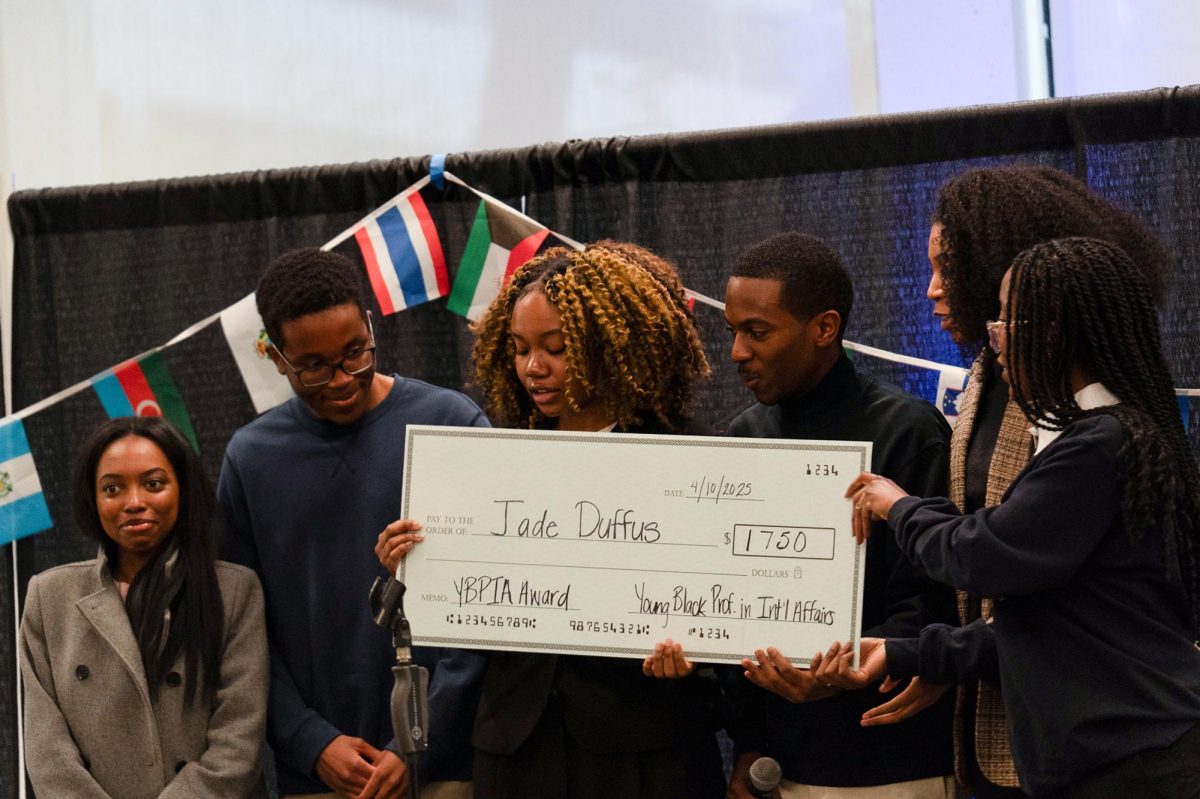GW has been recognized for having one of the most politically charged campuses in the nation, so it is fitting that GW graduate students are working to improve America’s voting system.
Stefan Popoveniuc and Ben Hosp worked with students from across the Unites States and Canada to develop Punchscan – a system that allows voters to verify their tally on a paper receipt to keep for their records to confirm that the electronic machine counted their vote.
The project began when Popoveniuc, a computer science graduate student in the School of Engineering and Applied Sciences, approached acclaimed computer scientist and inventor David Chaum and suggested that the two collaborate.
“It all started with (Chaum) giving a presentation at GW. By the end of the presentation I went up to him, and said ‘I know your work, and I know what you’re doing,’ and it went from there,” Popoveniuc said, adding that the team of students assembled and began developing Punchscan last February.
After the 2000 Presidential election fiasco in Florida with hanging chads and paper ballots, some states switched to electronic voting systems. While the hanging chad problem was solved, some voters questioned the validity of the machines because of the lack of a paper trial proving a vote. Punchscan solves this problem.
Upon casting a numbered ballot, voters receive a receipt proving their vote choice. Results are immediately displayed in an online system in which your vote can be verified and the voter can ensure his or her vote was counted.
Popoveniuc said the team started out as just himself and Hosp and eventually grew to include other students from Maryland, California and Canada.
Though the team of students who developed Punchscan worked together for more than eight months, the group met for the first time at a press conference for their new voting system in early November.
“Until that point, we had relied on conference calls once or twice a week,” Popoveniuc said. “Everyone was there, and we discussed what we had done that week, the progress we had made and the direction we were taking.”
Although Popoveniuc said his team’s long-term goal is to implement Punchscan at a nationwide level, the students’ immediate goal is to convince universities around the country – many of whom use online voting systems for school-wide elections – to start using Punchscan instead.
“Universities offer great (opportunities) to test the system in a large environment with 10,000 to 15,000 students,” Popoveniuc said. “The version that we have right now is the version that has been developed with student elections in mind.”
Popoveniuc said Punchscan is not just an alternative or new option for colleges and universities; it is a system superior to that of the widely used online voting systems.
“What we are working on is getting in touch with a university and convincing them that our system is worth using. Most use online services, which have their own problems and cost quite a bit,” Popoveniuc said.
If Punchscan proves successful on the university level, Popoveniuc would like to see the system applied to a county level election.
Not all states are ready to make the switch, said one official.
“It would be a challenge in Virginia, to use one system for one kind of an election that you did not use in all elections,” said Jean Jensen, secretary of the Virginia State Board of Elections.
She added that the Virginia legislature would be hesitant to approve voting electronically but that more progressive states might be more likely to express interest.
“It’s very exciting, and I think where it’s concerned with the cost of elections and the very low voter turnout, I would think that this program would encourage voter participation,” she said.
So far, developing Punchscan has been a non-profit project, and Popoveniuc said, “The profit has (instead) been in an academic sense.”






